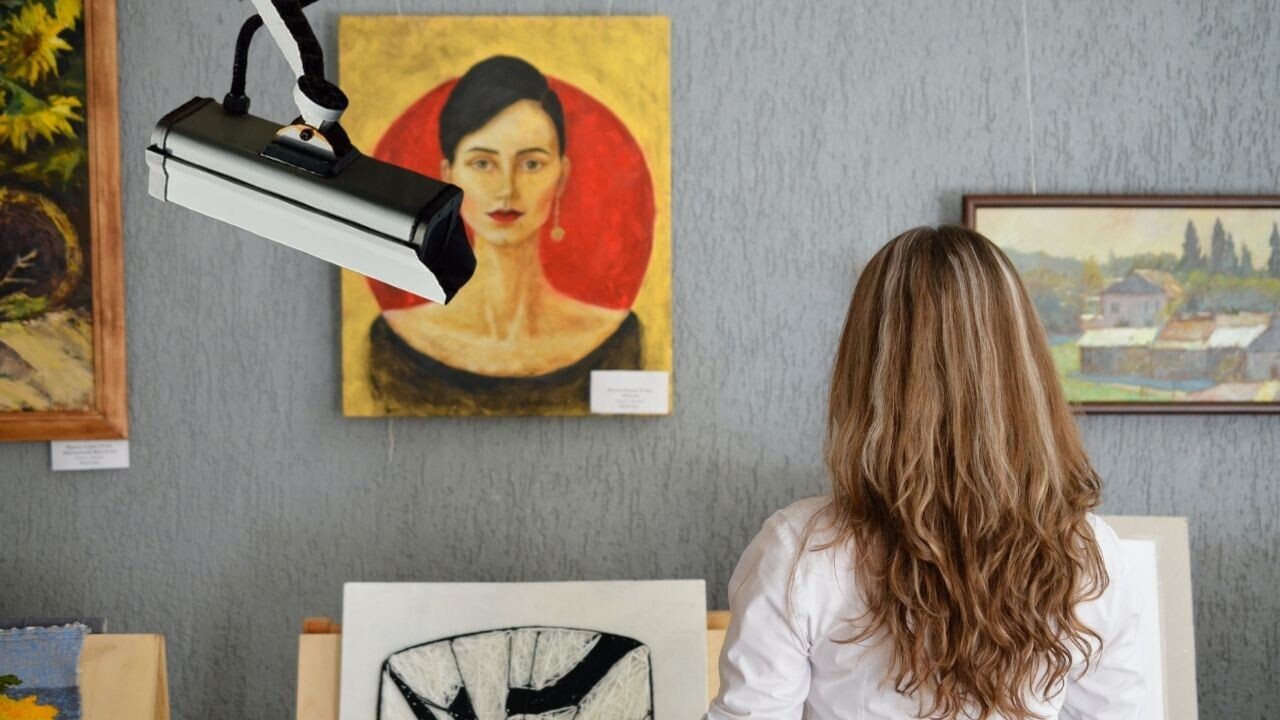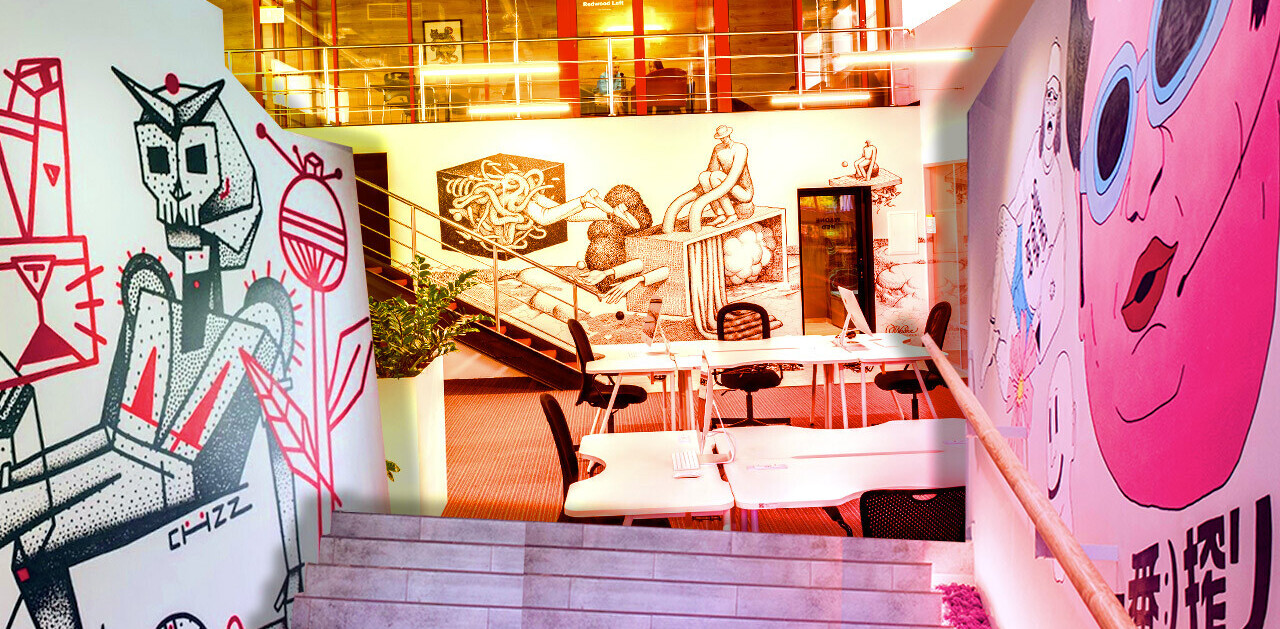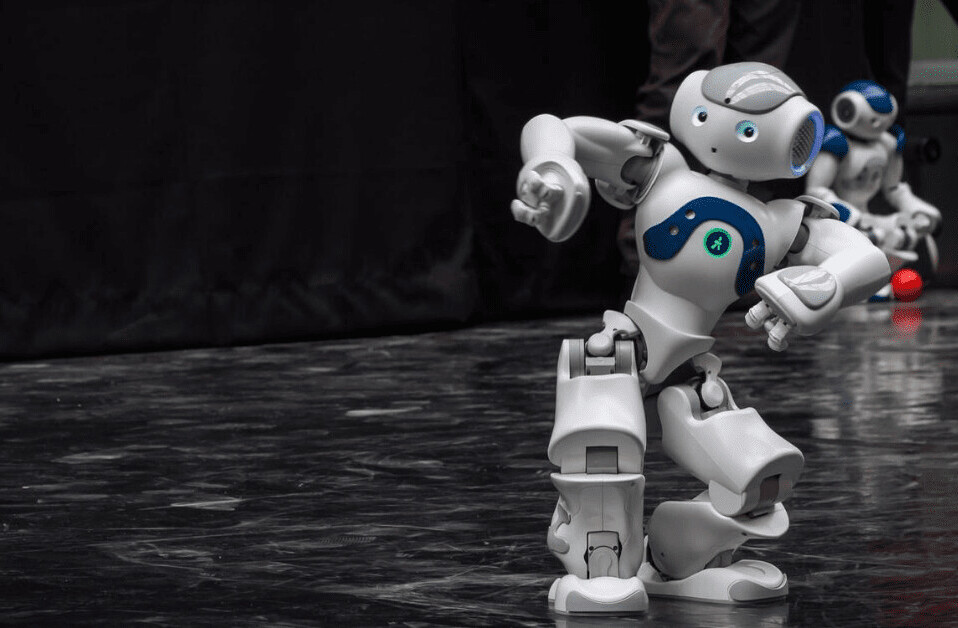AI has set its destructive sights on one of life’s greatest pleasures: visiting galleries.
An Italian museum has started using AI-powered cameras to measure the “attraction value” of works of art.
The ShareArt devices collect visual data on spectators, such as how long they look at a painting and where on the canvas their attention is focused.
“Thanks to simple data elaboration, an observer’s gaze can be translated into a graphic,” Stefano Ferriani, one of the researchers behind the project, told Bloomberg CityLab. “We can detect where most of peoples’ attention is concentrated.”

The system could help curators understand which artworks and layouts appeal to visitors. A useful purpose, I suppose… but the tech fills me with dread.
Data crunching art
Data analytics have influenced art for centuries, from counting footfall at theaters to projecting album sales.
In more recent years, the Relativity Media studio has been using predictive algorithms to select movies to produce.
“I’m not in this for the art,” said Relativity founder Ryan Kavanaugh in 2012.
The company has since filed for bankruptcy twice.
In galleries, AI can help improve accessibility and make exhibitions more interactive. But it’s a horribly reductive measurement of artistic value.
Our attention is often drawn to the controversial or bizarre before the subtle and thoughtful. Brilliant works could be overlooked because they don’t generate sufficient “engagement.”
Furthermore, our expressions are, at best, an unreliable measurement of our feelings. We all show our emotions differently and algorithms often fail to discern them — particularly when they’re applied to minority groups.
The ShareArt system is currently focused on gaze analysis, but with rules on masks easing, it could soon move on to facial gestures. That sounds like another good reason to wear a face covering — even if COVID disappears.
Greetings Humanoids! Did you know we have a newsletter all about AI? You can subscribe to it right here.
Get the TNW newsletter
Get the most important tech news in your inbox each week.





